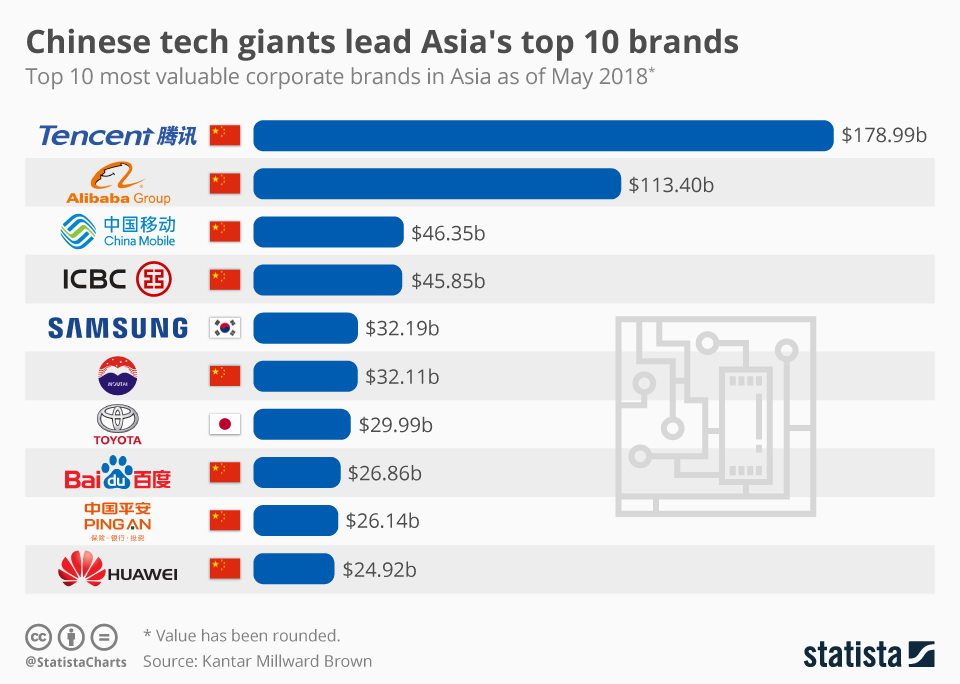
Workers involved in primary activities are called ______ workers A. Blue-collarB. White-collar C. Pink-collar D. Red-collar
Contents:


“Blue collar” and “white collar” are two terms in the English language that evoke very different pictures. The white-collar worker might work behind a desk in the service industry, while the blue-collar worker gets his hands dirty doing manual labor or working in a division of manufacturing. People who are engaged in primary activities such as agriculture are called red collar workers. People engaged in secondary activities are called blue collar workers. A recent study furnished by Bloomberg suggests that nearly half a million jobs were cut over the past six months.
Personnel working in office buildings, elementary schools and university classrooms, hospitals and doctors’ offices, theatres, accounting and brokerage firms all belong to this category of services. Like some of the tertiary functions, quaternary activities can also be outsourced. They are not tied to resources, affected by the environment, or necessarily localised by market. This sector’s activities help in the development of the primary and secondary sectors.
They do not like to be put into categories and normal working etiquette. It is not necessary for these workers to be doing traditional creative work or holding a title like designer. If their work involves a larger portion of ideation it can be termed creative.
First Time Manager- 6 Essential Skills For You to Succeed | DT Evolve
It, thus red collar jobss, hunting and gathering, pastoral activities, fishing, forestry, agriculture, and mining and quarrying. ‘‘The knowledge about nature is extremely important to develop technology.’’ Support this statement by giving three examples. “The knowledge about nature is extremely important to develop technology”.
In the private sector, ownership of assets and delivery of services is in the hands of private individuals or companies. In the sector, government owns most of the assets and it is the part of the economy concerned with providing various governmental services. In this sector wage-paid labour is largely non-unionised due to casual and seasonal nature of employment and scattered location of enterprises. It is the process which enables entrepreneurs to innovate and improve the quality of services offered in the economy. These are specialized tertiary activities in the ‘Knowledge Sector’ which demands a separate classification.
Blue-Collar vs. White-Collar: What’s the Difference? – Investopedia
Blue-Collar vs. White-Collar: What’s the Difference?.
Posted: Sat, 25 Mar 2017 18:37:38 GMT [source]
Though India ranks low in terms of per capita income, its share of services in GDP is approaching the global average. Interestingly, however, the contribution of services to employment was significantly lower than the world average. One remarkable feature of India’s recent growth is diversification into services, with the services sector dominating GDP. For example, Reena works part-time in a coffee shop after her school, and she gets paid 1000 rupees for working 3 hours a day. Whereas, Daksh works full-time for a company and gets a salary of 40,000 rupees for working 8 hours daily. They all require specialization in their field to work in highly skilled positions.
Unorganised Sector
It is worth mentioning that agriculture sector has maximum share by working force at near 53% while services and secondary sectors shares are near 29% and 18% respectively. The industry is typically characterized by high growth rates, high degree of innovation and generally has plenty of public awareness about the sector and investors get attracted to its long-term growth prospects. In some creative fields, skills, and experience can be really important. For instance, in graphic designing, writing, and video editing creativity plays a crucial role. If you don’t have any experience and have not explored your creativity level then you won’t be able to create a successful career.

Some examples of expertise that threaten employees are self-driving automobiles and automatic cleansing units, which might place blue-collar staff similar to truck drivers or janitors out of labor. In contrast, the white-collar employee sometimes performs work in an workplace surroundings and may contain sitting at a pc or desk. A third kind of work is a service employee whose labor is said to buyer interplay, leisure, gross sales or other service-oriented work. Although blue-collared work still entails sustaining or building one thing, advancements in technology have seen more blue-collar employees in industries such as aeronautics, movie-making, electronics, and power. Some examples of industries with many blue-collar jobs include retail, manufacturing, meals service and building.
You have seen many millionaires who are just between the ages of 18 years to 20 years. Do they have a degree at this age that has made them a millionaire? It is said right that “a degree is just a piece of paper” and people are proving this right. Green means anyone can approach orange means only people can approach red means neither people nor dogs can approach yellow means nervous and purple means do not feed.
What is a red collar job?
As we have learned earlier, occupation demands a particular set of skills, education, and training. Now, it’s utilized to discuss with workers or professionals whose work is knowledge-intensive, non-routine, and unstructured. Another method to outline these two phrases is the white-collar worker not only makes more cash than the blue-collar worker, but she or he also fills a special social class. The primary sector of the economy involves any industry involved in extraction and production of raw materials. This includes fishing, forestry, logging, mining, hunting and agriculture.
… Because nursing programs tend to be more demanding in terms of credits many students are forced to fast-track their degrees by taking multiple hard classes at once. Red collar – Government workers of all types derived from compensation received from red ink budget. … They are principally white-collar but perform blue-collar tasks with some regularity such as engineers and technicians.
But they still do a lot of menial work, though they get paid much more than the traditional blue-collar worker. The production involves the ‘provision’ of services that are ‘consumed. Exchange, involves trade, transport and communication facilities that are used to overcome distance.
Some 2.3 million individuals have discovered renewable power jobs lately, and projected investments of $630 billion by 2030 would translate into at least 20 million additional jobs. A inexperienced-collar employee is a worker who is employed in the environmental sectors of the economic system. Environmental inexperienced-collar workers satisfy the demand for inexperienced development. Generally, they implement environmentally aware design, policy, and expertise to enhance conservation and sustainability. Secondary activities are concerned with addition of value to the already existing products by changing their form.
The blue-collar worker is perceived to make less than the white-collar worker. Secondary activities add value to natural resources by transforming raw materials into valuable products. Secondary activities, therefore, are concerned withmanufacturing, processing and construction industries. PPP is an arrangement between government and private sector for the provision of public assets and/or public services.
Across the globe, every employment sector could be recognized by a specific colour. Some examples of industries with many white-collar jobs include tech, accounting, advertising and consulting. The term “white collar” refers back to the white shirts that many of those professionals historically wear. Purple collar – Skilled workers, usually someone who is each white and blue collar; an example is data expertise workers.
This has impacted industries such as manufacturing, transportation, and retail resulting in forcing workers in these industries to develop new skills and adapt to new roles. Only men and women working for a company and providing services are considered to be working-class people? Mothers have numerous responsibilities and have to perform a range of tasks from providing care to children, emotional support, and taking decisions about well-being of the family. The term refers to the white dress shirts of male office workers common through most of the nineteenth and twentieth centuries in Western countries as opposed to the blue overalls worn by many manual laborers.
Quinary Activities
Business, profession, and employment are the three types of occupation. For example, the owner of a retail store, restaurant, or manufacturing company. When we work in the corporate world it is for the sake of financial gain but when we look at the scenario of a housewife things are not the same. What best describes the impact of Title IX on women’s opportunities since it was put into law in 1972?
Seattle City Council moves to give gig workers paid sick leave – Crosscut
Seattle City Council moves to give gig workers paid sick leave.
Posted: Tue, 21 Mar 2023 07:00:00 GMT [source]
It happens when leaders become out of touch with the people they manage. They become isolated from the actual business and as a result they’re more inclined to make bad decisions. It refers to the balance of employed people not classified as white or blue-collar. Although grey-collar is something used to describe those who work beyond the age of retirement. The quality of evidence used to determine the effectiveness and potential well being advantages of many of those interventions is weak. More analysis is required to determine which interventions may be efficient in the lengthy-time period.
Goods transported by trucks or trains, banking, insurance, finance etc. come under the sector. It provides the value addition to a product same as secondary sector. Communication skills, leadership skills and problem-solving skills are most important for getting success in an occupation.
The time period was coined within the late Nineties as a phrase to explain jobs that were usually held by girls; now the meaning has changed to embody all service jobs. This would automatically lead to better retention as a tailor-made approach will meet a larger group of employees expectations. It would help in comparing and compensating or changing working conditions depending upon the temperament of workers.
They are inclined to give attention to implementing environmentally-conscious designs, policies, and technologies designed to help enhance environmental conservation and sustainability. Another type of economic activities, quinary activities, is also sometimes identified. The number of people engaged in these services remain generally small. They include the chief executives and other top management officers in the government as well as private services.
- It is worth mentioning that agriculture sector has maximum share by working force at near 53% while services and secondary sectors shares are near 29% and 18% respectively.
- The good thing is that it has provided flexibility and freedom for workers and the bad thing is that it has created uncertainty and instability of income and benefits.
- Some of the most common industries that employ these individuals include warehousing oil fields firefighting construction manufacturing sanitation custodial work and technical installations.
- Significantly, the report mentions that most lay-offs have been witnessed in white collar jobs.
- These environmental inexperienced collar employees (who hold “green jobs”) assist to satisfy the ever-growing need and demand for green development.
The primary sector of the economy is the sector of an economy making straight utilisation of natural resources. People engaged in primary activities are called red-collar workers due to the outdoor nature of their work. Full-time jobs require 40 hours of work per week, whereas it is not the same for part-time jobs.
A pink collar worker need not require as much professional training as white-collar professions. However, when we address the importance of degrees and skills in modern times where everything is taken over by technology, skills have become the life force of any occupation. No matter, the seriousness of each depends on the specific industry and job role that you are targeting. In some fields such as healthcare, teaching, and accounting, a degree can be important as all these fields need specialization in education, expertise, and training.
Industrial production, cotton fabric, sugar cane production etc. activities comes under this sector. Education and training, demand and supply of jobs, societal factors, economic factors, globalization and international trade, and technological advancements. There has been rapid growth in the gig economy, which includes freelancers, independent contractors, and temporary workers. Digital platforms have made it possible and easier for individuals to find work. The good thing is that it has provided flexibility and freedom for workers and the bad thing is that it has created uncertainty and instability of income and benefits. Whereas, traditional employment is the same as the employment we have talked about earlier.
It prohibits sex or gender discrimination in all educational activities or programs. A school must be proactive in ensuring that its campus is free from sexual-based discrimination harassment or violence. Title IX protects students from facing retaliation from any source as a result of involvement with Title IX. Athletic programs are considered educational programs and activities. Title IX gives women athletes the right to equal opportunity in sports in educational institutions that receive federal funds from elementary schools to colleges and universities. Electricians and cable installers are just two types of employees who’ve seen this improve in their fields.
In recent years, the landscape of various types of occupations have changed. It is due to technological advancements, globalization, and economic conditions. Therefore, occupation is a broader category of work, the job is a specific position, and career is a long-term professional journey of an individual. People who practice freelancing are known as “freelancers.” Freelancers are individuals who work independently for multiple clients on a project basis. They are self-employed and manage their own finances, find their own clients, and set their own rates for their services.
